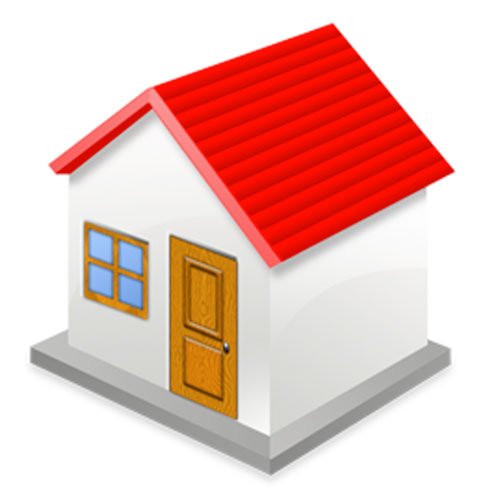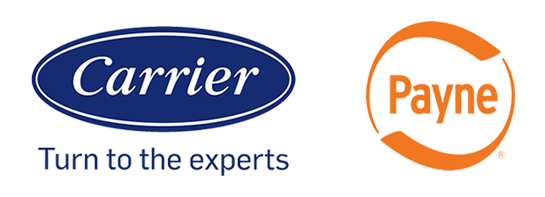Home Restoration Services

Water Damage Restoration & Repair
Water damage in the home can happen to anyone at any time. When part of a home is affected by a natural disaster, a burst pipe, or a leaky faucet, any flooding needs to be addressed immediately. The longer moisture sits, the more likely it is for mold and bacteria to grow. Here are some of the most telltale signs that a home is in need of a water cleanup expert.
Presence of Water Unless there’s an obvious source, like a spill, the presence of water somewhere in the home where it shouldn’t be can indicate a leak or other serious water issue.
Presence of Mold If mold is visible, a homeowner should consider it a silver lining, since visible mold can be treated quickly to prevent further damage. However, mold will often grow in concealed places, like between drywall or under the floorboards. This means homeowners can be unwittingly living with mold, which can be extremely dangerous to their health.
Bubbling or Cracking Paint Bubbling wallpaper and cracking paint are more than just aesthetic issues; they can signal a leak hiding behind the wall. If left unattended, the damage can be extensive, so it’s essential to remember that paint and wallpaper issues often signal the need for water restoration services.
Warping or Buckling Floor If moisture has been slowly building up beneath the surface, or even if small spills have been left uncleaned on a floor, floorboards can expand, contract, or lift as a result. There doesn’t have to be a catastrophic event for floors to warp or buckle. When indoor humidity levels fluctuate wildly, moisture buildup can lead to floor damage as well. Either way, water damage restoration services may be needed when a floor warps or buckles from excessive moisture.
Staining or Discoloration Dirty water likes to leave a calling card in the form of stains or discoloration. Brown streaks down the exterior of a home are a good sign of either an overflowing gutter or a poorly draining roof. Stains on the ceiling can also signal water issues; a light- or dark-brown stain is usually a sign of a water issue above.
No matter the cause of your water damage, we are here to clean up and restore your home or business. We have the equipment and experience to return your home to the safe abode for your family.
- Water Extraction
- Remove the standing water or sewage from the affected areas.
- Removal and Disposal
- Properly dispose of all damaged and unsalvageable items.
- Structural Drying
- Dry out the structure of the area using air movers and dehumidifiers.
- Mold Prevention
- Disinfect the area to prevent mold from developing over time.
- Rebuild and Restoration
- Rebuild the affected area to its original condition.
Mold Removal & Remediation Services
During flood cleanup, the indoor air quality in your home or office may appear to be the least of your problems. However, failure to remove contaminated materials and to reduce moisture and humidity can present serious long-term health risks. Standing water and wet materials are a breeding ground for microorganisms, such as viruses, bacteria, and mold. They can cause disease, trigger allergic reactions, and continue to damage materials long after the flood.
Molds are usually not a problem indoors, unless mold spores land on a wet or damp spot and begin growing. Molds have the potential to cause health problems. Molds produce allergens (substances that can cause allergic reactions), irritants, and in some cases, potentially toxic substances (mycotoxins). Inhaling or touching mold or mold spores may cause allergic reactions in sensitive individuals. Allergic responses include hay fever-type symptoms, such as sneezing, runny nose, red eyes, and skin rash (dermatitis).
Our Mold Removal process includes:
Repair the Source of Moisture - Identify and repair the source of the water damage the resulted in mold growth.
Remove the Mold - Properly dispose of all building materials contaminated with mold including drywall, wood, and carpeting.
Clean, Deodorize, and Disinfect - Clean, deodorize, and disinfect the area with bleach to prevent odors mold from returning.
Rebuild and Restoration - Rebuild the affected area to its original condition.

